By Interest
Gunsmithing | How to Build an AR-15 Upper Receiver
Published
2 years agoon
By
Matt Gray
If you love a challenge or have never done your own gun build this is an awesome project. And depending on your location, where you buy and what you buy this can be a much cheaper option to owning an AR-15. This walkthrough will take you through the step by step instruction on how to build an AR-15 upper from parts. If you want an easier AR build you can buy finished uppers and lowers and do the install that way but we want to show you how to build one from the ground up.
How to Build an AR-15 Upper Receiver from Parts
What tools you will need:
- Needle Nose Pliers
- A selection of hammers
- Drift Punches
- Roll pin starter punches
- center punch
- lithium grease
- light oil
- torque driver
- action block for the receiver
- torque wrench (30-80)
- Snap ring pliers
- Anti-Seize compound
- Gas tube alignment gauge
- front sight tool
- rear sight installation tool
- dummy rounds for function testing
- headspace gauges
- firing pin protrusion gauge
- magnet
- cleaning solvent
- Handguard tool
- screwdriver set
- caliper
Ejection Port Cover
1. Place Your E-clip
Always go slow and be patient. The tiny e-clip secures the rod that holds the injection port cover to the receiver. Its very tiny so use needle nose pliers and position the e-clip over the groove in the retaining pin and tap it into place with a hammer.
- 6-inch needle nose pliers with long tempered jaws for working in hard to reach areas, excellent for work in tight places.
- Tapered nose with fine tips for bending wire, jewelry making, computers maintenance, electronics repair, small object gripping ect.
- Great tool for general, hobby, or craft use, especially useful for jewelry craftsmen, artisans, electricians, and network engineers.
2.Insert the Pin
Oil the injection port cover pin and place the smooth end of the pin through the right receiver boss and through the right side of the cover.
No products found.
3. Install the Spring
Lay the spring into position with the long end on the right side pointing up.
4. Check your Work
Hold the left side of the spring, rotate the right side of the spring down and insert the pin all the way through. Now you can test the cover for correct function.
No products found.
Forward Assist
Parts:
- Forward assist
- Return spring
- Roll pin
1. Grease your Parts
Oil the roll pin and grease the forward assist and spring
2. Secure the Receiver
Secure the receiver in a holding fixture and clamp the fixture in a vice.
3. Install the Forward Assist
Take the return spring and place it on the forward assist. Now insert this into the hole.
4. Punch your Roll Pin
Get the roll pin into position with a roll pin starter punch, then use a standard roll pin punch to drive it all the way in.
5. Test the Function

Be sure that it is a smooth and not sticky motion
The forward assist assembly should now move freely in and out.
The Rear Sight
Parts:
- Rear sight installation tool
- Rear sight base index screw
- Rear sight elevation index wheel
- 1/16th inch allen wrench
- Rear site base
- Detent balls
- Springs
- Tensioner spring
- Elevation spring
- Rear sight flat spring
- Aperture
- Windage knob screw
- Windage knob
1. Screw in the Index Screw
Screw in the rear sight base index screw into the rear sight elevation index wheel with a 1/16th-inch hex wrench.
2. Combine the Wheel and Elevation Knob
Combine the index wheel with the elevation knob. It doesn't matter which hole the index screw rests in.
3. Find your Detent Hole
Locate your detent hole. This is where a detent ball will be located. This ball places tension on the elevation knob which holds the elevation adjustment in position.
4. Install the Spring and Detent Ball

The spring goes in the hole then your ball on top
Place your spring in the detent hole then put a tiny bit of grease in the detent hole. Place the ball over the hole. The grease will hold the ball in position.
5. Insert the Elevation Knob
Now slide in the elevation knob assembly into the elevation knob slot. The detent ball should seed in any of the holes in the bottom of the elevation knob assembly.
6. Insert your Spring into the Tensioner Hole
Put some grease in the rear sight base tensioner hole. Now slide in the tensioner spring into the hole. Then put a tiny bit more grease on top.
7. Place another Detent Ball
Put another detent ball on top of this spring.
8. Install the Sight Base
Insert the sight base into the sight base hole and screw it into the elevation knob. Be sure to not dislodge the detent ball when you are doing this.
9. Insert Elevation Spring

Check that the spring goes in all the way
Now put your elevation spring in the rear cavity of the rear sight base.
10. Compress the Spring
Use your rear sight installation tool to compress the spring while you put in the roll pin.
11. Use your Installation Tool for Accuracy

Look down to make sure the holes are aligned, if not adjust as necessary
Take the body of sight installation tool and slide it into the receiver from behind so that the hole in the tool body is aligned with the cavity in the threaded portion of the sight base.
12. Compress the Elevation Spring
Now insert your fork spring depressor into the body of the tool and compress the elevation spring.
13. Insert the Tool Lock to Keep the Spring Compressed
Align the hole in the shaft with the hole in the center of the body of the sight installation tool. Now slide the tool lock into the tool body and through the shaft of the spring depressor. This will hold the tool in place and keep the elevation spring compressed properly.
14. Punch in your Roll Pin

Use a starter punch to make it easier
Now use a roll pin starter punch to start the roll pin in the pin hole. Then finish it off with a standard roll pin punch.
15. Remove the Tools and Place the Flat Spring
Now remove the installation tools and lubricate the rear sight flat spring and place it in the recess on the top of the rear sight base.
16. Place your Aperture
Next place the aperture on the spring. The large hole should be placed facing upwards with the numbers readable. Now thread the windage knob screw through the aperture from the left side of the base.
17. Install the Windage Knob Screw
Turn the screw until it is fully seated and adjust the aperture until it is in the middle of the sight base.
18. Place a Spring and Detent Ball on the Windage Knob
Take your windage knob and put some grease in the detent hole on the rear of the knob. Put the spring in the hole and apply more grease. Now put the detent ball on the end of the spring.
19. Install the Windage Knob onto the Windage Screw

Make sure your detent ball is on the right side
Take your knob and put it on the right side end of the windage knob screw. Again be sure to not drop the detent ball.
21. Punch in your Roll Pin
Align the holes in the windage knob and screw. Hold it together with a small punch and follow up from the other side with a roll pin. Now seat the pin with a roll pin punch.
22. Zero your Sights
Now use a 1/16 inch allen wrench to loosen the rear sight index screw and release the elevation knob from the indexing knob. Set your sights at zero then tighten the index screw to lock the pieces together.
Checking Headspace
Parts:
- Go Headspace Gauge
- No go Headspace Gauge
- Cleaning rod
- Bolt
1. Strip your Bolt
Start with a stripped bolt and your go and no-go gauges. Both the extractor and ejector need to be removed so that there are no false readings when checking the headspace.
2. Clean your Barrel
Clean the chamber thoroughly so that no brass or shavings get in the way.
3. Use the Go Gauge
Insert your go gauge and insert the bolt into the chamber. You should be able to turn the bolt and engage the locking lugs completely. This lets us know the chamber has at least the minimum amount of headspace.
4. Use the No-Go Gauge
Do the same thing with the no-go gauge. You should not be able to turn the locking lugs completely. If you are able to, you have too much headspace and shouldn't fire the gun.
The Bolt
Parts:
- Bolt
- Springs
- Extractor
- Extractor Spring
- Roll Pins
- Ejector Spring
- Ejector
- 3 Gas Rings
1. Lubricate your Parts
Lubricate all the pins with light gun oil. Also add a bit of grease to each of the springs.
2. Install the Extractor Spring
Take your extractor spring and place it in the spring recess in the bolt.
3. Insert the Extractor
Now take your extractor and place it on the bolt and clamp it into place using a padded machinist device.
4. Punch in your Roll Pin
Take your roll pin and drive it all the way through the bolt.
5. Insert the Ejector Spring
Now insert the ejector spring into the recess on the bolt face.
6. Install the Ejector
Insert the ejector into the bolt and push it in with a flat faced punch.
7. Punch in your Roll Pin
Start your roll pin with a roll pin starter punch. Then use a roll pin punch to finish driving it in.
8. Install the Gas Rings onto the Bolt
Take your gas rings and place them on the groove of the bolt. Be sure that the open ends are not aligned. This will make sure the gas seal is not compromised.
The Bolt Carrier Key
Parts:
- Bolt Carrier
- Carrier Key
- Screws
- Staking Punch
- Torque Driver (Wheeler FAT Wrench)
- Ball Peen Hammer
1. Install the Screws
First you want to install the screws but they wont be enough to hold the key down.
2. Torque the Screws
Torque each screw to 35 inch pounds.
3. Stake the Screws
Place the staking punch at the edge of the screw and use the ball peen hammer to stake them.
4. Check your Work
Be sure to stake each screw twice.
The Bolt Carrier Assembly
Parts:
- Firing Pin
- Firing Pin Protrusion gauge
- Firing Pin Retainer
- Bolt
- Bolt Carrier
- Caliper
- Charging Handle
- Cam pin
1. Place the Firing Pin
Insert the firing pin into the bolt.
2. Zero your Gauge
Zero the firing pin gauge by loosening the set screw and pressing it against a flat surface. Now retighten the set screw.
3. Measure with Calipers
Measure the gauge with a caliper. This should give you a reading of .9 inches.
4. Use the Gauge
Again loosen the set screw on the firing pin gauge. Take you bolt with the inserted firing pin and press the gauge against the bolt face.
5. Measure with Calipers
Tighten the screw again and use the caliper to measure it. Subtract the two measurements and you want it to be in the acceptable range of 28-36 thousandths of firing pin protrusion.
6. Insert the Bolt into the Carrier
Insert the bolt without the firing pin into the bolt carrier.
7. Align the Cam Pin
Align the cam pin hole to the bolt with the cam pin slot in the bolt carrier. Install the cam pin with the cam pin head lengthwise along the carrier.
8. Rotate the Cam Pin Head
When the cam head is fully seated, rotate the head 90 degrees. The cam pin should be able to move freely in the cam pin slot.
9. Insert your Firing Pin
Now you can insert the firing pin.
10. Install the Firing Pin Retainer
Insert the firing pin retainer into the left side of the bolt carrier. Be sure that the retainer is fully seated in the recess.
11. Test the Firing Pin Security
Pull on the rear of the firing pin to make sure that it is secure.
12. Slide in your Charging Handle
Engage the tabs on the charging handle with the cuts on the carrier raceway by sliding the charging handle in slightly.
13. Put it Together
Now you can install the carrier by pushing it all the way forward into the frame.
No products found.
The Delta Ring
Parts:
- Barrel
- Barrel Sleeve
- Barrel Nut
- Delta Ring
- Well Spring
- Retaining Ring
- Snap ring Pliers
1. Place the Delta Ring
Next, slide the delta ring onto the barrel from the rear of the barrel nut.
2. Slide on the Well Spring
Slide the wellspring onto the barrel and into the delta ring.
3. Install the Retaining Ring
Now take your retaining ring and use a pair of snap ring pliers to open it and engage it onto the barrel nut to hold everything in place.
You can also check out this full video on How to Build an AR-15 Upper Receiver
Did you enjoy hearing about an How to Build an AR-15 Upper Receiver? Let us know in the comments section below what your thoughts are on this. Do you have any other gun topics you’d like to share? Share it with us and we’ll check it out. We are highly interested anything firearms and want to share and inform you of the latest and best information. That’s why we created this site, we want people to be more in touch with quality firearms information so that you can arm and defend yourself effectively in any situation.We would love to hear what you think and stay connected with us.
Originally posted on November 24, 2017 @ 11:51 AM


Ammunition Vending Machines: The Controversial Rise Grocery Stores

Minnesota Gun Safety Laws: Balancing Rights and Public Safety

Apalachee High School Shooting: A Tragedy Fueling the Gun Control Debate

The 20mm Solothurn: Unleashing Historic Firepower in Modern Times

Best 9mm Pistols for 2024

Staccato P Review | Staccato P 1000 Round – The Most Accurate Duty Pistol



























































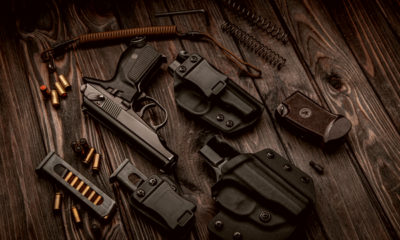

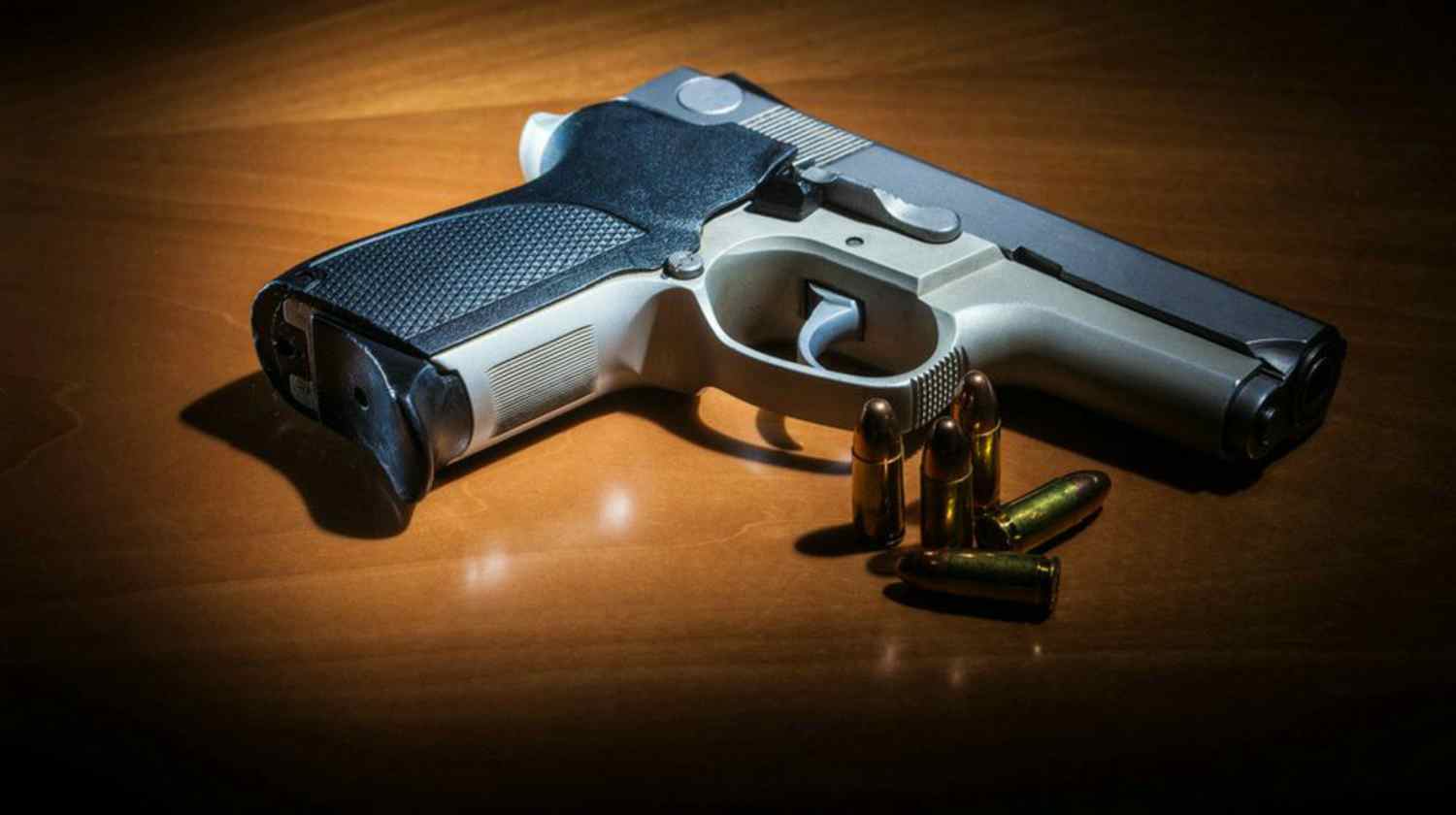
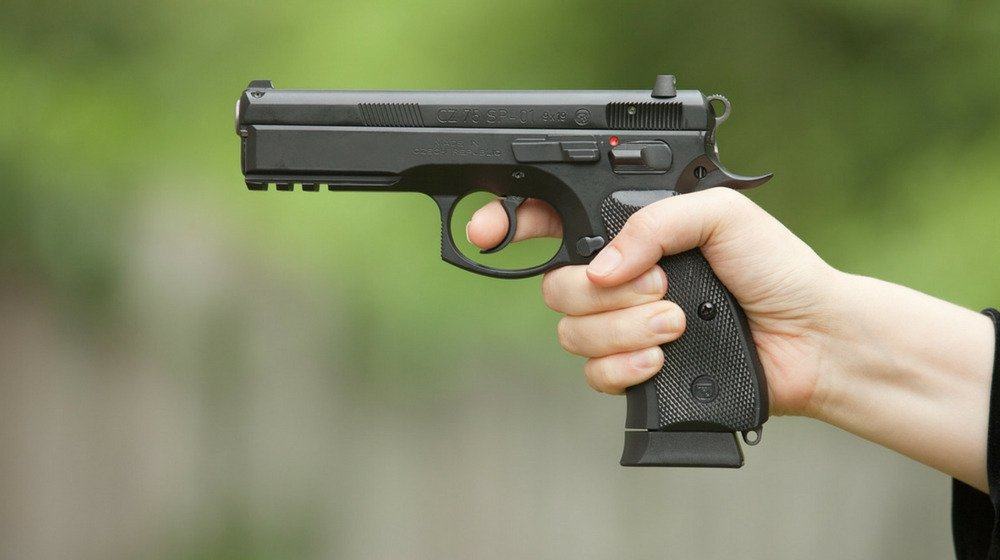
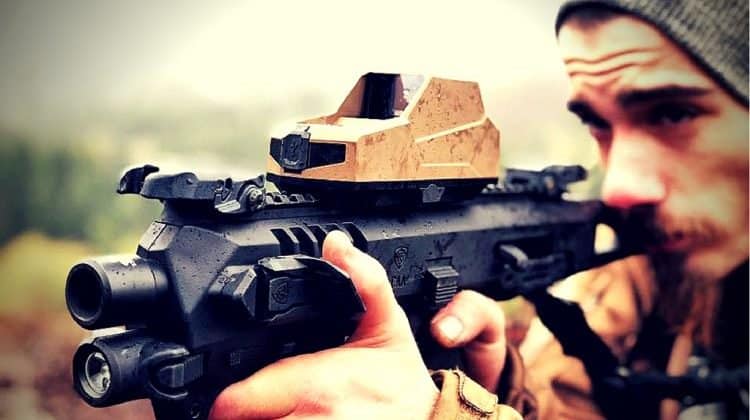
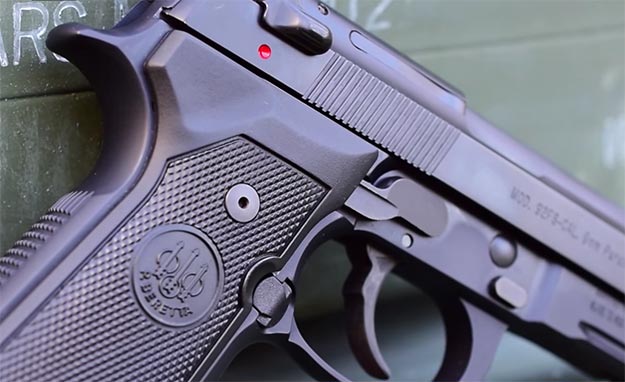
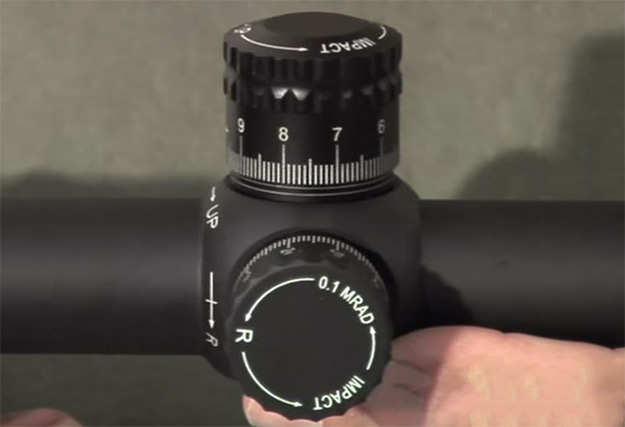



Sending a gift from us. GЕТ => https://telegra.ph/Go-to-your-personal-cabinet-08-25?hs=062058bf66d54685dafdd83236e87724&
October 20, 2024 at 5:08 PM
09nqct
You have received a message # 572. Go >> https://telegra.ph/Go-to-your-personal-cabinet-08-25?hs=062058bf66d54685dafdd83236e87724&
October 5, 2024 at 12:15 PM
a869aa
Jack Smith
February 12, 2021 at 7:23 AM
Is it really necessary to check headspace? I built a 14.5 middy with a Daniel Defense barrel and a Vltor Muir upper and it runs perfectly. Wouldn’t it mean defective parts if the headspace is wrong?